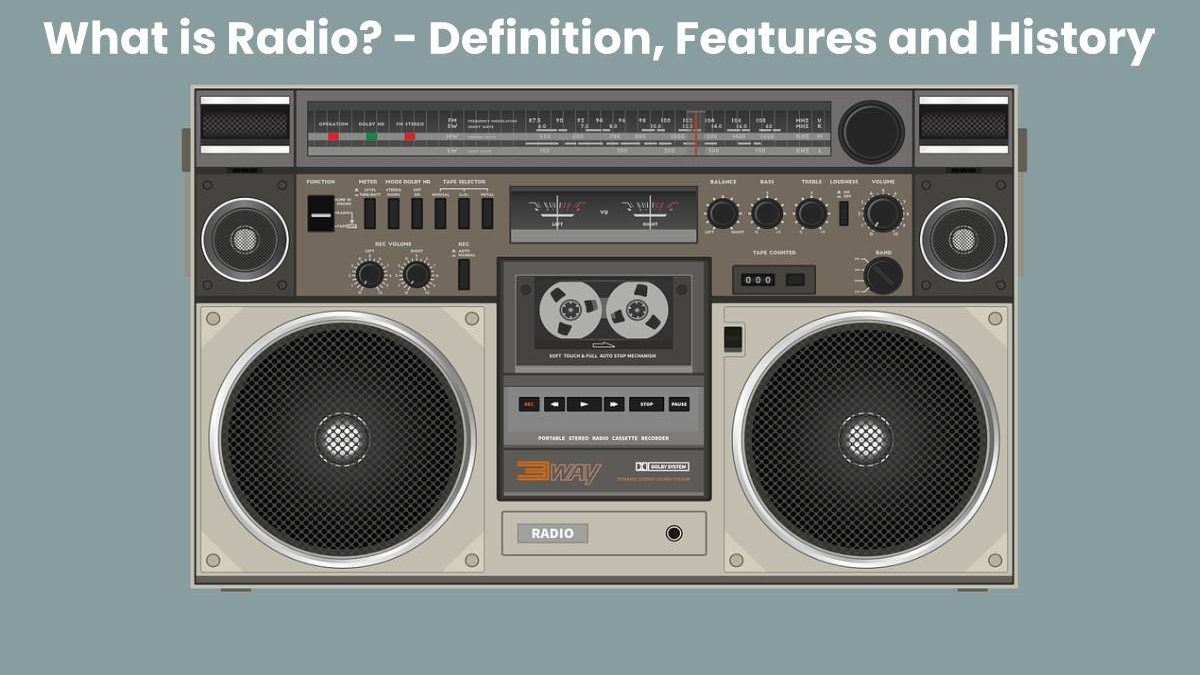Radio Definition
The term radio has a wide variety of uses. Originating in the Latin radius, the word is used in geometry to refer to the linear segment that joins the center of a circle with its circumference.
The radius, therefore, is half the diameter. In this case, the term in the singular refers to the length of any of the ranges of a circle or sphere. If one says, for example, that a ring has a radius of 5 centimeters, this means that all the fields of that figure share the same extension.
It is known as radius, on the other hand, to the spoke of a wheel. It is about each of the bars that rigidly join the central area of the bike with its edge. And which is known as the perimeter region or only perimeter.
In the field of anatomy, the radius is a bone that, next to the ulna, forms the forearm. The range is shorter than the ulna and also it is located below it.
Radio can also come from the Latin scientific radium and refer to the radioactive chemical element of atomic number 88. In this case, it is a rare metal in the earth’s crust that is used in the nuclear industry.
Radio, finally, is the colloquial term that allows referring to the radio receiver. This device is used to pick up and transform the waves emitted by a radio transmitter into sound.
Radio history
Radio is a means of communication that has managed to remain in force for decades. Despite the emergence of more sophisticated competitors, such as television and digital content in general. Interestingly, the name or nationality of the inventor is not known with certainty. Among the potential creators are a Russian, an Italian and a Spanish.
This device is invented by James Clerk Maxwell, a physicist initially from Scotland. He had not formulated the theory about electromagnetic waves, since the discovery of radio waves followed this event. And after fifteen years later, by the German scientist Heinrich Hertz.
Only in 1894, Nikola Tesla, considered by many to be the actual inventor of the radio. He made a public demonstration of a radio transmission. A year later, Guillermo Marconi presented a modern radio system. A system with which he managed to cross the Atlantic Ocean at the beginning of the 20th century. It is worth mentioning that for his work he used patents that belonged to Tesla. And which questioned his authorship on more than one occasion.
Features
Radio as a means of communication and mass entertainment began to exist in 1920 in the United States and Argentina. As in the case of his invention, there are various opinions regarding the order in which the first stations appeared.
The first generation of the radio was based on Modulated Amplitude (AM) technology. And while in 1933, a system based on Frequency Modulation (FM) was proposed. FM is capable of producing higher sound quality and less vulnerable to the radio interference and interference. FM radio premiered in the late 1930s, although this did not mean the end for AM.
Finally, it is interesting to note that it is currently possible to listen to the radio through the Internet. This entails two fundamental changes concerning the use of a traditional device.
1. Practically any device capable of connecting to the Network can be used, provided that it has (or allows the connection of) speakers.
2. There is no need to pick up the signal physically, so all stations in the world can be tuned from anywhere on the planet.

